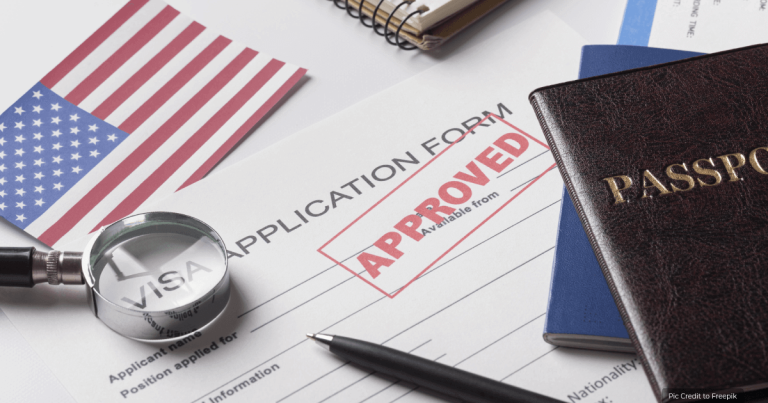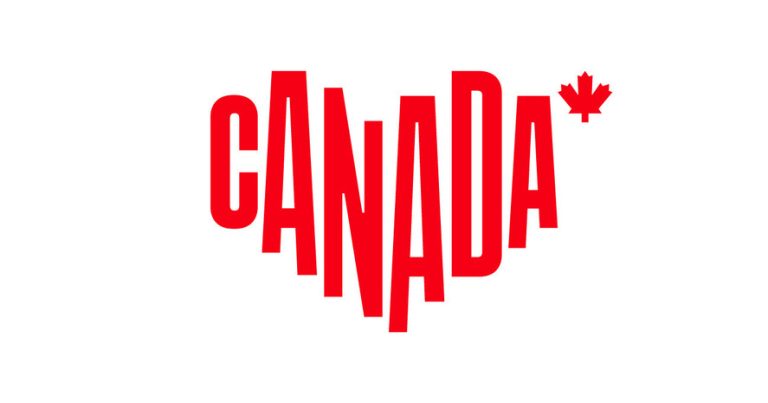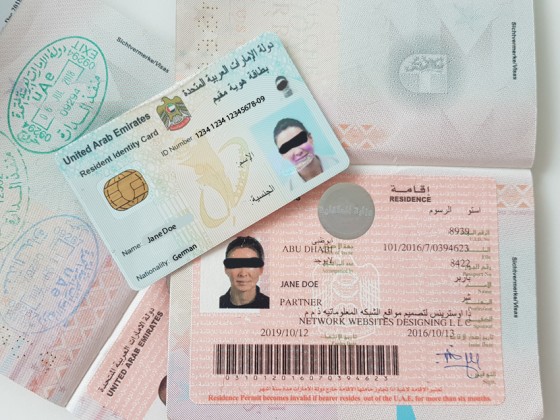How to Obtain a Canada Work Permit in 2024 – APPLY NOW
Advertisements
Canada, renowned for its high quality of life, diverse culture, and thriving job market, continues to attract individuals from around the world seeking employment opportunities. If you aspire to work in Canada and experience its unique lifestyle, obtaining a work permit is a crucial first step. This comprehensive guide outlines the process of obtaining a Canada work permit in 2024, including eligibility criteria, application procedures, and essential tips for a successful application.
Understanding the Types of Canada Work Permits
Canada offers various types of work permits tailored to different circumstances and job categories. Before initiating the application process, it’s essential to identify the most suitable work permit for your situation. The main categories include:
Open Work Permits: Open work permits allow individuals to work for any employer in Canada and are not job-specific. Spouses of certain work or study permit holders, refugee claimants, and some international students are examples of those eligible for open work permits.
Employer-Specific Work Permits: This type of work permit is tied to a specific employer, job, and location. To apply for an employer-specific work permit, you typically need a job offer from a Canadian employer who has received a positive Labour Market Impact Assessment (LMIA) or qualifies for an LMIA exemption.
International Mobility Program (IMP) Work Permits: The IMP includes various streams such as intra-company transferees, professionals under free trade agreements, and significant benefit categories. Understanding the specific stream that applies to your situation is crucial for a successful application.
Advertisements
Eligibility and Criteria for Canada Work Permits
Job Offer: To obtain a work permit, you must first secure a job offer from a Canadian employer. The job offer should be supported by an LMIA, demonstrating that hiring a foreign worker will not negatively impact the Canadian labor market.
LMIA Exemptions: Certain situations exempt the employer from obtaining an LMIA, making it easier for both the employer and the foreign worker. Common exemptions include individuals covered by international agreements, significant benefit categories, and intra-company transferees.
Labour Market Impact Assessment (LMIA): If your job requires an LMIA, your employer must apply for it. The LMIA assesses the impact of hiring a foreign worker on the Canadian job market. Once approved, the employer provides you with a copy to include in your work permit application.
Educational and Professional Qualifications: Depending on the type of work permit, you may need to provide evidence of your educational and professional qualifications. Ensuring that your credentials are recognized in Canada is crucial for a smooth application process.
Language Proficiency: In many cases, you may be required to prove your proficiency in English or French, depending on the location and nature of your job. Language test results from approved testing agencies are usually accepted.
Advertisements
Health and Security Clearances: A medical examination and police clearance certificate may be required as part of the application process to ensure that you meet Canada’s health and security standards.
Application Process For Canada work Visa
Gather Necessary Documents: Collect all required documents, including your job offer letter, LMIA (if applicable), educational credentials, language test results, and other supporting documents specific to your situation.
Create an Online Account: To apply for a work permit, you must create an online account on the Immigration, Refugees and Citizenship Canada (IRCC) website. This account will be used to submit your application and receive updates.
Complete the Application Form: Fill out the work permit application form accurately, providing detailed information about your personal background, employment details, and other relevant information.
Pay the Application Fee: Pay the required application fee online using the designated payment methods. The fee varies depending on the type of work permit and processing times.
Submit the Application: Once the application form is complete and the fee is paid, submit your application through the online portal. Ensure that all required documents are attached in the specified format.
Biometrics and Interviews: In some cases, applicants may be required to provide biometrics or attend an interview. Follow the instructions provided by the IRCC and attend any requested appointments promptly.
Wait for Processing: The processing time for work permit applications can vary based on factors such as the type of permit and the volume of applications. Use the IRCC website to check the current processing times and wait for a decision.
Canada Work Visa Post-Approval Steps
Obtain the Work Permit: Once your application is approved, you will receive a letter of introduction. Take this letter and other required documents to a Port of Entry (POE) or a Canadian visa office to obtain your actual work permit.
Social Insurance Number (SIN): After arriving in Canada, you should apply for a Social Insurance Number (SIN), which is essential for working in the country. You can apply for a SIN at a designated Service Canada office.
Work in Canada: With your work permit and SIN, you are now authorized to work in Canada. Abide by the terms and conditions specified on your work permit, and enjoy the opportunities that come with working in a diverse and vibrant country.
Tips for a Successful Application
Start Early: Initiate the application process well in advance to account for processing times, potential delays, and any additional steps that may be required.
Double-Check Documents: Ensure that all required documents are submitted in the specified format and that they are accurate and up-to-date. Missing or incorrect documents can lead to delays or rejection.
Keep Copies of Everything: Maintain copies of all documents submitted, including your application form and payment receipts. These documents may be needed for reference or in the event of an inquiry.
Monitor Application Status: Regularly check the status of your application on the IRCC website. If additional information or documentation is required, respond promptly to avoid unnecessary delays.
Seek Professional Advice: If you encounter challenges or have questions during the application process, consider seeking professional advice from immigration consultants or lawyers experienced in Canadian immigration.
Understand the Conditions of Your Work Permit: Familiarize yourself with the conditions of your work permit, including its validity period, employer restrictions, and any other stipulations. Compliance is crucial for maintaining legal status in Canada.
Conclusion
Obtaining a Canada work permit in 2024 is a systematic process that involves careful planning, adherence to eligibility criteria, and accurate documentation. By following the steps outlined in this guide, prospective foreign workers can navigate the application process successfully and embark on a rewarding professional journey in one of the world’s most welcoming and diverse countries. Stay informed, be diligent in your preparations, and embrace the opportunities that Canada has to offer.
Advertisements






